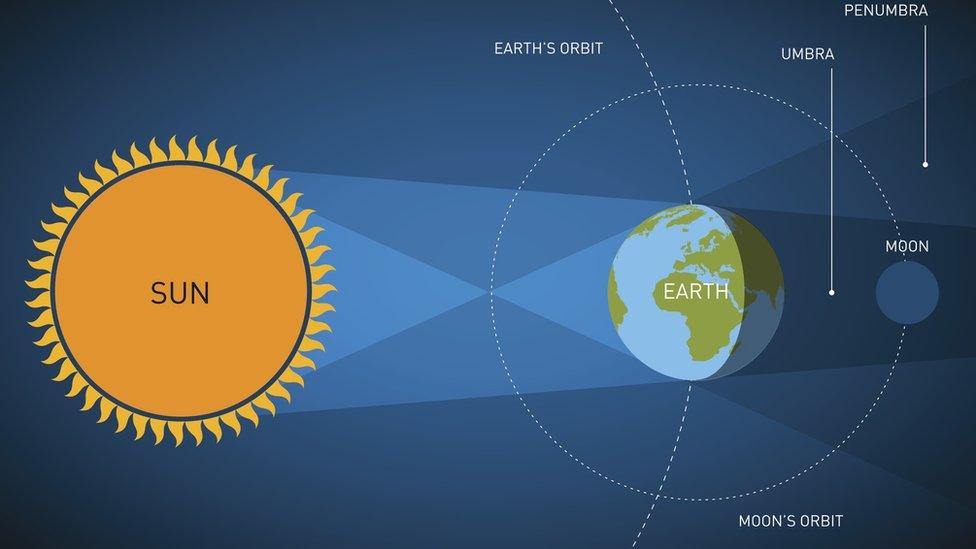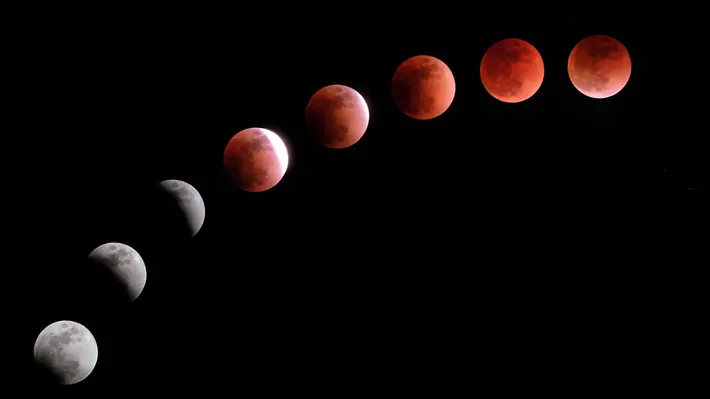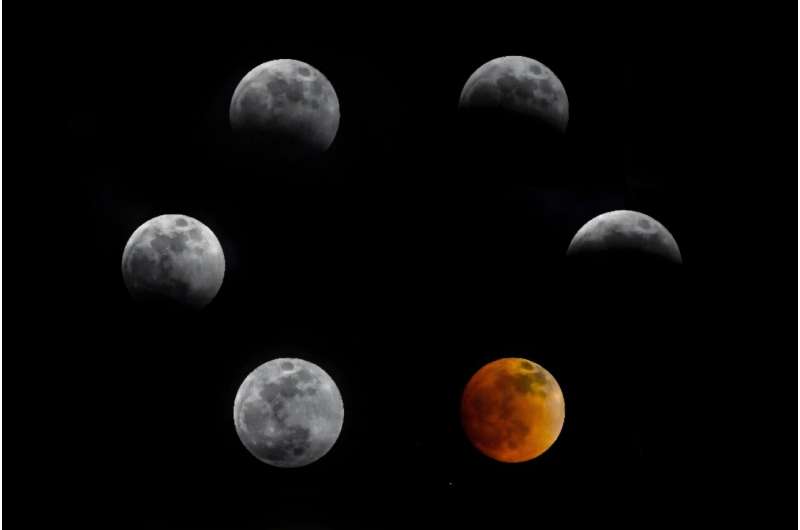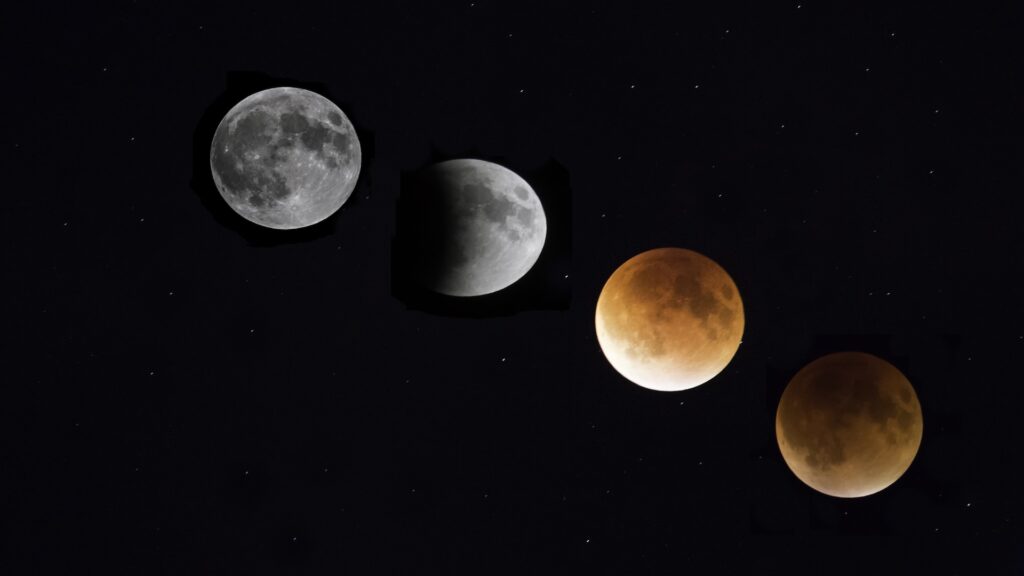When the Sun, Earth and Moon line up, the shadow cast by the planet on its satellite makes it appear an eerie, deep red colour that has astounded humans for millennia.

People in Asia, including India and China, will be best placed to see Sunday’s total eclipse, which will also be visible on the eastern edge of Africa as well as in western Australia.
The total lunar eclipse will last from 1730 GMT to 1852 GMT.
Stargazers in Europe and Africa will get a brief chance to see a partial eclipse just as the Moon rises during the early evening, while the Americas will miss out.

The Moon appears red during lunar eclipses because the only sunlight reaching it is “reflected and scattered through the Earth’s atmosphere”, said Ryan Milligan, an astrophysicist at Northern Ireland’s Queen’s University Belfast.

Unlike a solar eclipse, which requires protective eyewear, a lunar eclipse is safe to view with the naked eye. As the eclipse peaks, the Moon does not disappear entirely but glows a deep red or coppery colour.



